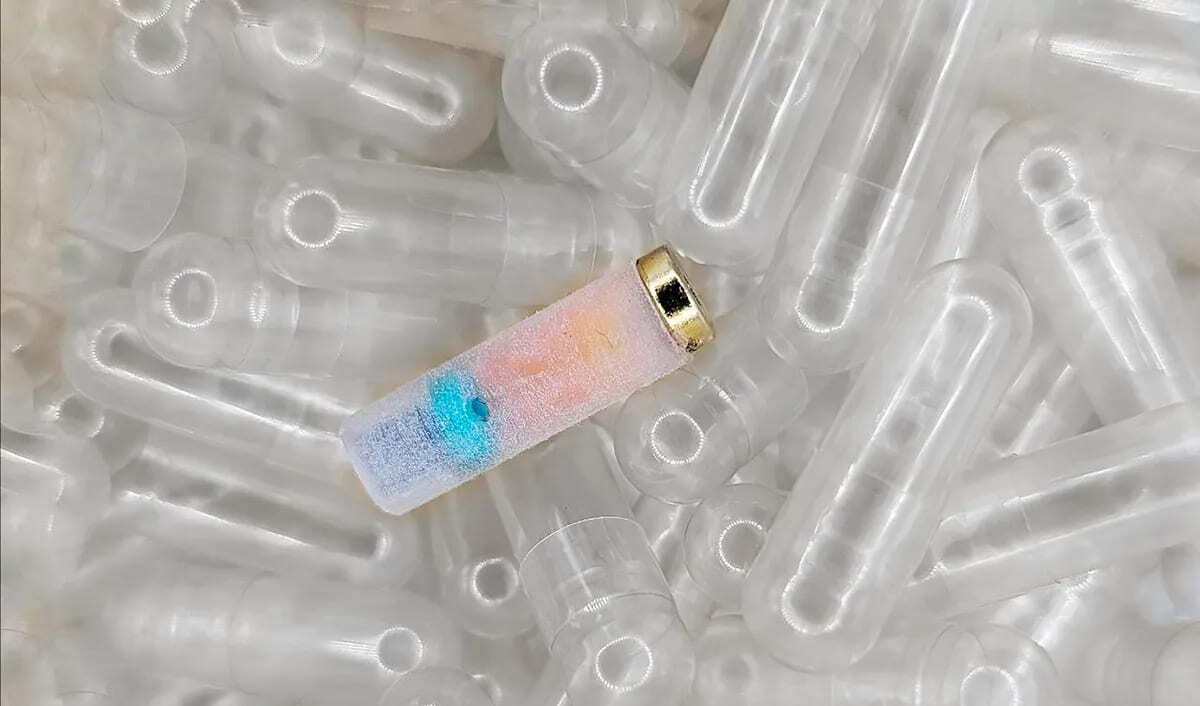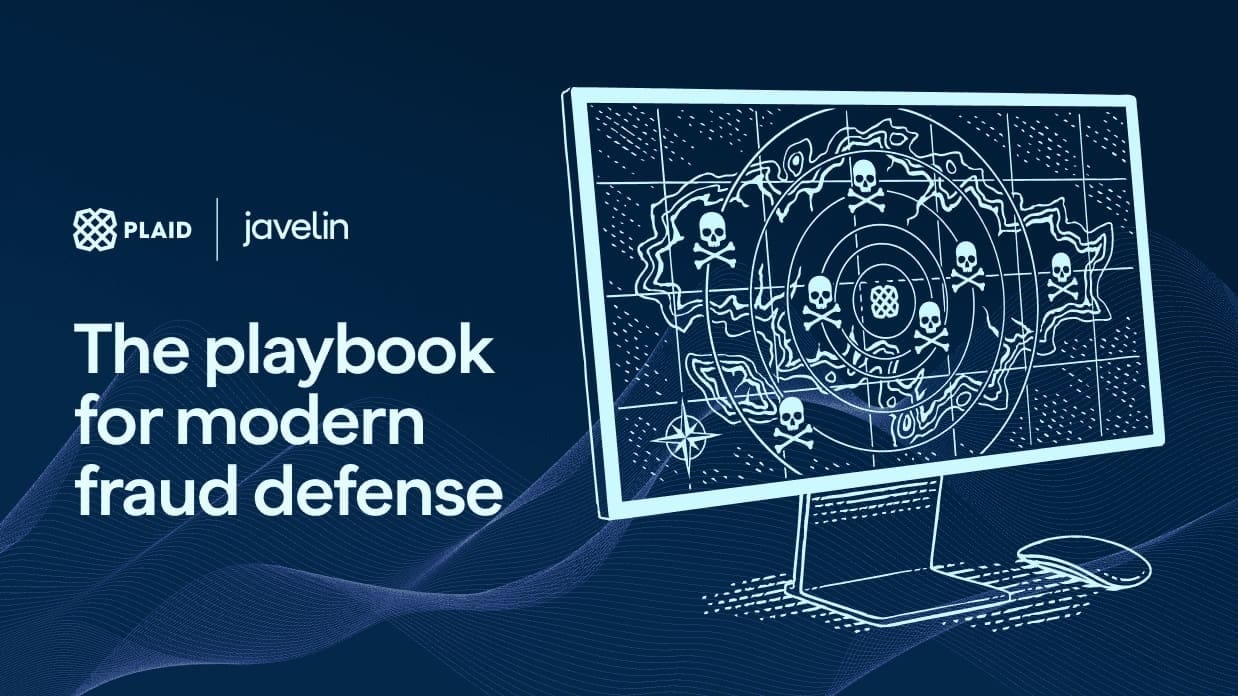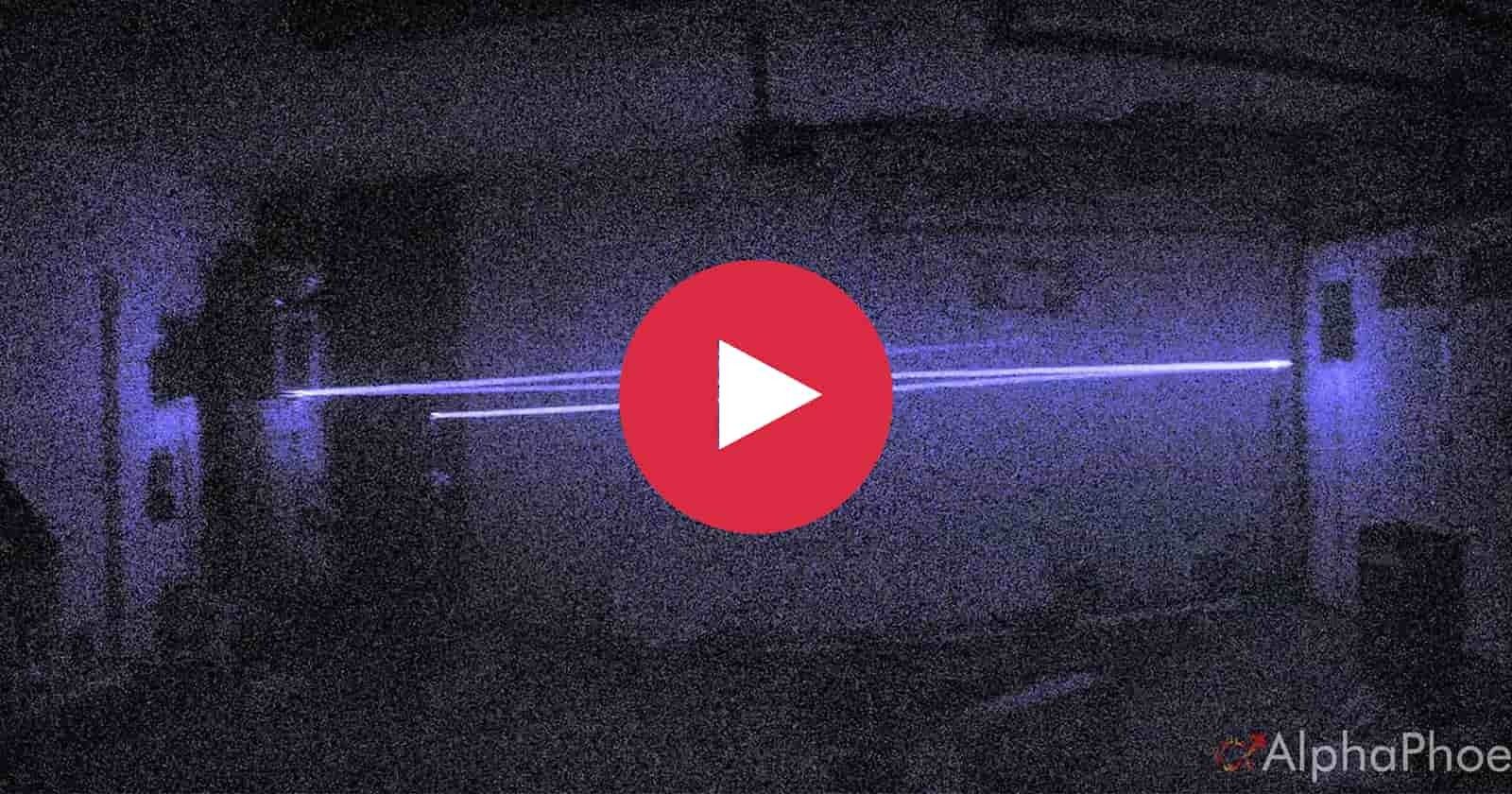- Superhuman AI
- Posts
- Sunday Special: Brain chip helps the blind see again
Sunday Special: Brain chip helps the blind see again

Welcome back, Superhuman. The scientific community is buzzing with news out of Stanford, where researchers have invented a breakthrough brain chip that helps the blind see again. Meanwhile, a YouTuber has built a camera in his garage that’s fast enough to literally capture light in motion.
The Sunday Special is designed to help you discover the most interesting and important scientific and technological breakthroughs outside of AI. Our regular AI updates will resume as usual on Monday.
SCIENCE SUNDAY
The most interesting scientific discoveries and breakthroughs this week
1. Breakthrough brain chip helps the blind see again: Stanford researchers have developed an electronic chip that, when implanted in the back of the eye and paired with smart glasses, restores vision to people with advanced macular degeneration. In clinical trials, 27 of 32 visually-impaired participants regained the ability to read within a year. This is possibly the first prosthetic device to restore actual form vision (not just light sensitivity), offering new hope to people with irreversible central vision loss.
2. Earth may have picked up a second "moon" (kind of): University of Hawaii scientists claim that a building-sized asteroid named 2025 PN7 will shadow our planet for the next 60 years. Astronomers have dubbed the space rock a "quasi-moon," as it travels around the Sun in near-perfect sync with Earth, creating an optical illusion from our perspective that makes it appear to loop around us. The asteroid is too dim to see without powerful telescopes, and is expected to drift away by 2086.
3. New screen could blur the line between what’s real and what’s not: Swedish researchers say they’ve developed “retina E-paper,” a display made of pixels just 560 nanometers wide — achieving an incredible 25,000 pixels per inch, far beyond what the human eye can normally distinguish. The breakthrough could transform AR and VR experiences, creating virtual worlds so realistic they blur the line between what’s digital and what’s real.
PRESENTED BY PLAID
AI fraud attacks are on the rise, and traditional security methods can’t keep up.
How can you secure your org? Plaid and Javelin’s anti-fraud playbook explains how tomorrow’s companies need continuous, network-powered security to shield themselves.
These solutions stop attacks from starting (or scaling) by…
Combining identity, device, behavioral, and transaction signals for better accuracy
Surfacing fraud patterns that no single-source tool could see alone
Distinguishing between real threats and genuine users
Learn how you can secure your company without sacrificing speed today.
NEW TECH
Our favorite new tech gadgets this week

Source: Spout, Reebok, Meadow, Hyperice
1. Spout Monolith AWG: A compact water generator that uses technology from NASA to harvest water straight out of the air.
2. Reebok Smart Ring: A smart ring that tracks sleep, stress, and temperature trends, turning them into one simple “One Score”.
3. Meadow: A companion device that works with your main phone number. It has full LTE service, runs essentials like Uber, Spotify, and Strava, and is half the size of a smartphone.
4. Hyperice Normatec Elite Hips: An air compression system that targets the hips, glutes, and lower back to boost circulation, relieve soreness, and push for quick recovery.
What’s trending in tech on socials this week
🎥 Quick Take: YouTuber Brian Haidet has built a camera in his garage that captures an astonishing 2 billion frames per second — fast enough to record light itself moving through air.
🌀 Smoke Swirl: In still air, smoke behaves more like a liquid. It follows the same physical principles and appears to flow. A video showing the strange phenomenon in action is doing massive numbers on social media.
☀️ Solar Snap: A video showing the surface of the sun in unprecedented detail is currently blowing up on Reddit.
🧪 Table Talk: X user Simon Maechling shared a unique version of the periodic table that shows how every element is used — a clever way to show just how deeply chemistry shapes the world around us.
🚀 Red Riddle: A video showing that researchers have found "something" moving under Mars’ sand is going viral on Reddit, prompting all kinds of crazy theories. However, a user settled the debate, claiming the movement is likely a burst of gaseous carbon dioxide ice.
SPONSORED BY SPRINTO
Join industry leaders Diana Kelley, SKI, and Girish Redekar as they discuss how GRC is moving beyond automation to true intelligence.
Discover how these leading CISOs are redefining risk, resilience, and trust in the AI era.
ONLY GOOD NEWS
A healthy dose of optimism to kickstart your week

MEDS (Magnetic Endoluminal Deposition System). Source: 2025 LAFT EPFL
Inside Job: Scientists say they’ve developed a swallowable bioprinting capsule that can repair tissue damage inside the body without surgery. The pill-sized device, called MEDS, uses laser activation to deposit living gel precisely onto internal wounds, successfully sealing artificial ulcers and hemorrhages in lab tests. The breakthrough could potentially revolutionize treatment by replacing painful, risky surgeries with a simple pill that prints healing tissue directly where you need it.
Cellular Ceasefire: Fresh off his Nobel Prize win, immunologist Shimon Sakaguchi has reportedly developed a breakthrough method to create regulatory T cells that resist unwanted immune attacks and last significantly longer in the body than previous versions. If true, it could potentially revolutionize treatment for autoimmune diseases by reprogramming the immune system to stop attacking the body's own tissues without the broad-spectrum side effects of current immunosuppressants.
Fountain of Youth: Scientists claim to have created "young" immune cells from human stem cells that successfully reversed cognitive decline and Alzheimer's symptoms in aging mice. The lab-grown cells boosted memory performance and preserved critical brain structures without even crossing the blood-brain barrier, suggesting they work through anti-aging signals in the bloodstream. If it makes it past further trials, it could potentially lead to personalized regenerative therapies that slow or reverse brain aging in humans.
SUNDAY SCIENCE TRIVIA
The Woman Who Got Hit By A Meteorite

The only confirmed person in scientific history to be hit by a meteorite. Source: CBS
In 1954, a meteorite crashed through the roof of a house in Alabama, striking a woman and leaving her with a massive bruise. What was the name of the only confirmed person in history to get hit by a meteorite and live to tell the tale? |
Don’t Cheat: You can read more on the shocking incident here.
Your opinion matters!
You’re the reason our team spends hundreds of hours every week researching and writing this email. Please let us know what you thought of today’s email to help us create better emails for you.
What did you think of today's email?Your feedback helps me create better emails for you! |
Until next time,
Zain and the Superhuman AI team




SOCIAL SIGNALS